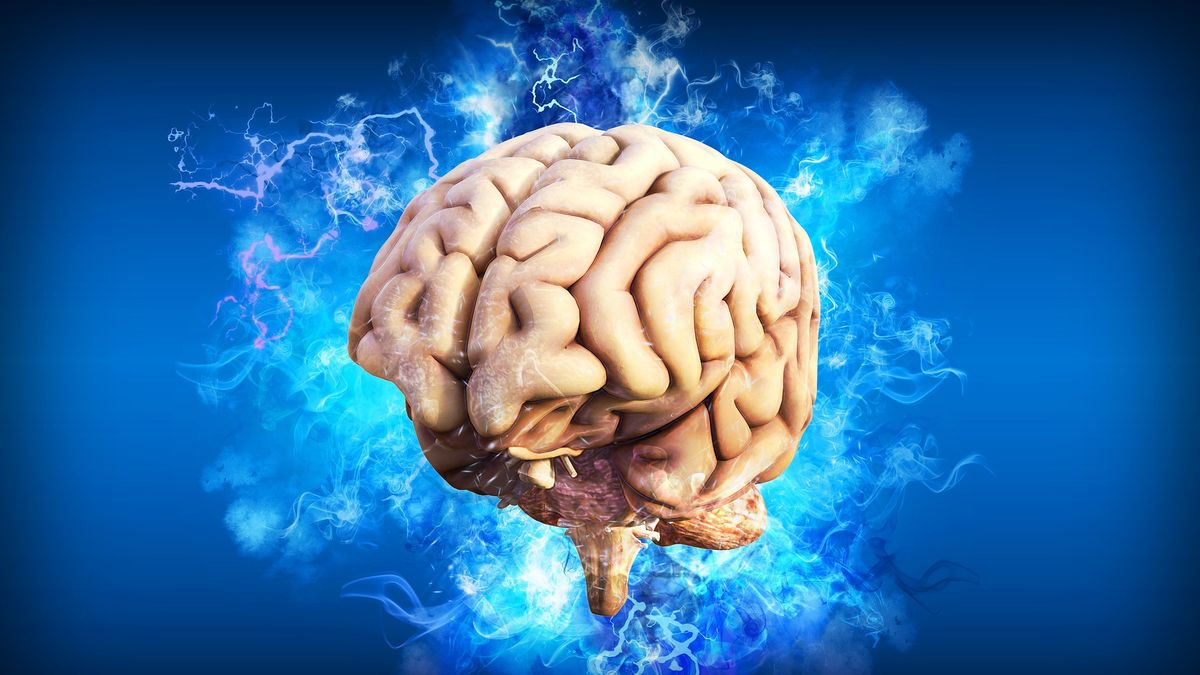As the scientists described, in their article published in the Journal of Neuroscience, they were able to explain how humans form memories and learn. They also warned that these findings would eventually help develop tools for caring for patients with neurological disease or injury.
The tests were carried out at the facilities of the Massachusetts General Hospital (HGM), where local experts worked together with scientists from Harvard, Brown University, the Department of Veterans Affairs, among other institutions.
cute-3284412_1920.jpg
The main author of the study, neurologist Daniel Rubin from the HGM Center for Neurotechnology and Neurorecovery, explained that the hypothesis they sought to corroborate is called “repetition”, a phenomenon that occurs during sleep and that was detected in animals a long time ago. weather. It is a strategy that the brain uses to remember new information.
For example, the most obvious example is the experiment with mice that by putting them in a maze learn the way. This action is evidenced by a specific pattern of brain cells (neurons), which form a kind of illuminated path as it travels along the correct path. “Later, while the animal sleeps, you can see that those neurons will fire again in the same order,” Rubin explained.
According to experts, “this repetition of neuronal firing during sleep is the way in which the brain practices newly learned information and consolidates it into memory, turning a short-term memory into a long-term one,” says the released statement. by Harvard.
“There has been an open question in the neuroscience community: ‘To what extent is this model of how we learn things true in humans? Can it be different for each type of learning? asked neurologist Sydney Cash, co-senior author of the study and co-director of the Center for Neurotechnology and Neurorecovery at HGM.
The scientists, then, turned to investigate whether this behavior in the brain of animals was repeated in humans. For the experiment they recruited a 36-year-old man with quadriplegia (tetraplegia), a pathology that prevents the movement of the upper and lower limbs, after a spinal cord injury.
The volunteer underwent a clinical trial of a brain-computer interface device, which allowed him to use a computer cursor and keyboard on a screen.
One of the activities of the study was that the man carried out a memory task similar to the electronic game “Simon”, in which a player observes a pattern of intermittent colored lights, which he must then remember and reproduce. The way the man controlled course was by thinking about the movement he should make with his hand.
Using sensors implanted in the motor cortex, the scientists were able to detect the volunteer’s neuronal activation patterns, which were, as expected, the reflection of the movement of his hand. Brain signals were recorded and wirelessly transmitted to a computer. During the night, the experts noticed that this action also took place when the patient slept.
As one of the scientists explained, “I was basically playing the game, overnight, while I was sleeping.” The neural firing patterns occurred several times and matched what had been displayed during the day, when the man was playing “Simon”.
And he stated that “this is the most direct evidence of reproduction in the motor cortex that has been seen during sleep in humans”, since most of the repetitions were during slow-wave sleep, one of the phases of deep sleep. Whereas, when the volunteer entered “REM sleep”, the repetition was less likely to be detected. For the lead authors of the study, this work is “a basis for learning more about reproduction and its role in learning and memory in humans.”
“Our hope is that we can harness this information to help build better brain-computer interfaces and generate paradigms that help people learn more quickly and efficiently to regain control after injury,” said one of the scientists. warn of the importance of advancing this line of research from animals to humans.
Source: Ambito
David William is a talented author who has made a name for himself in the world of writing. He is a professional author who writes on a wide range of topics, from general interest to opinion news. David is currently working as a writer at 24 hours worlds where he brings his unique perspective and in-depth research to his articles, making them both informative and engaging.




